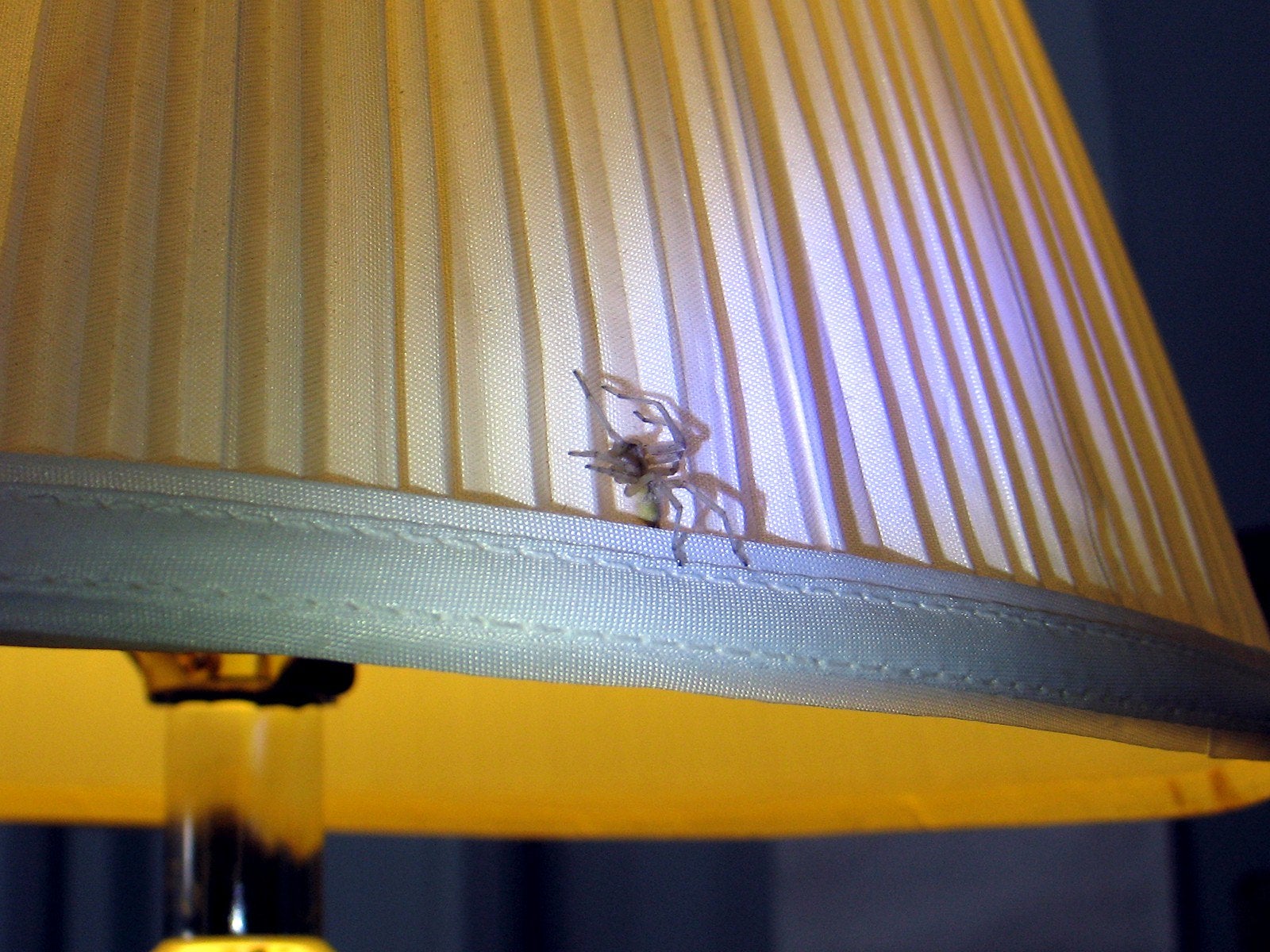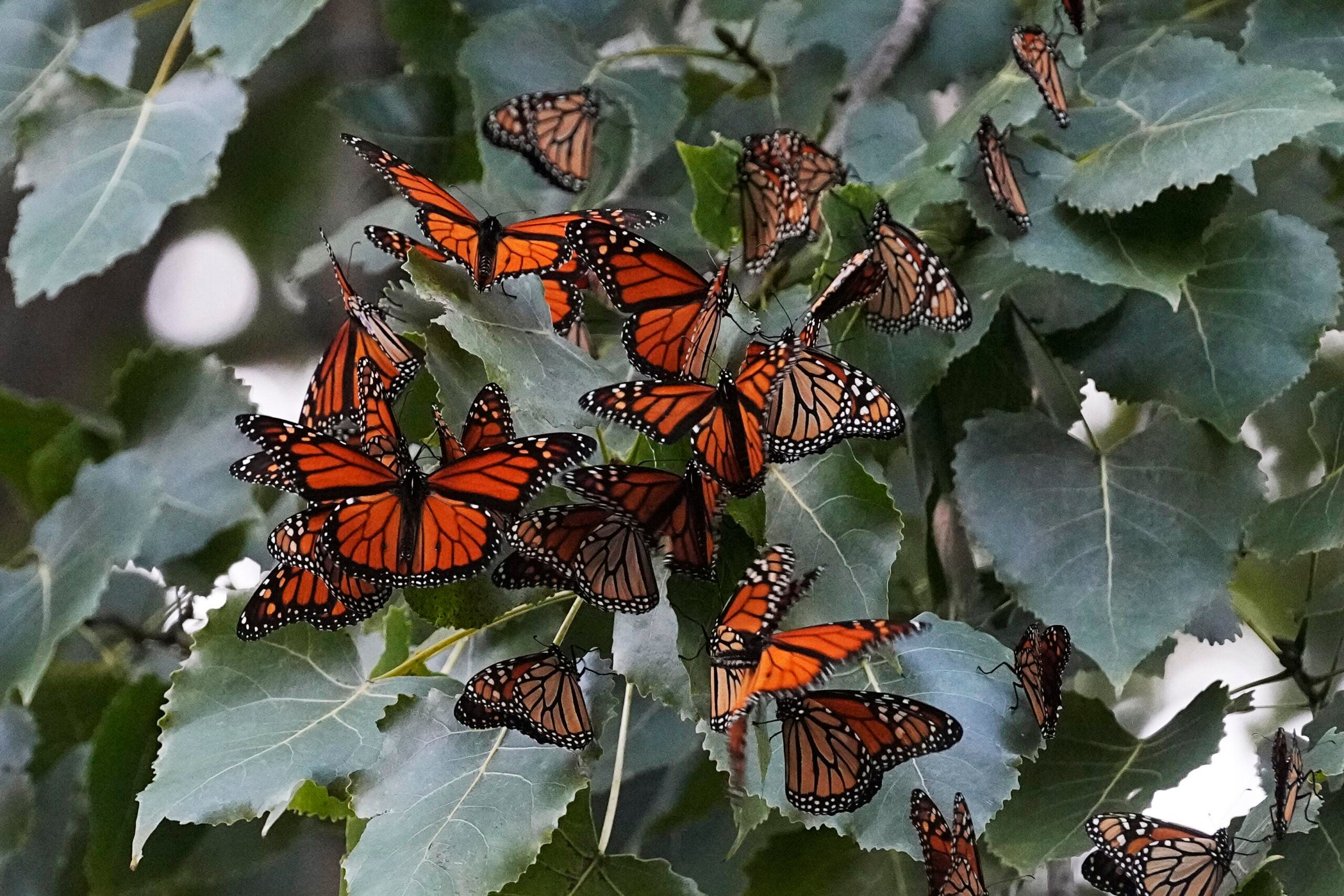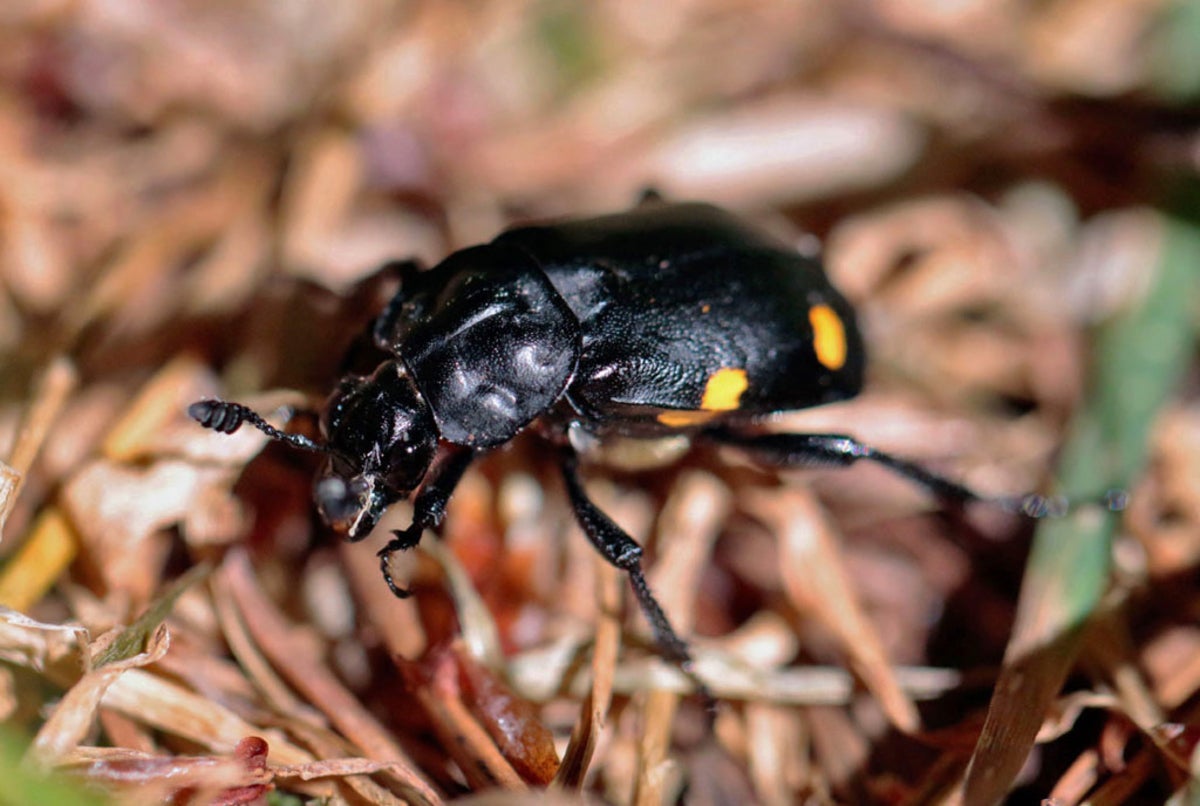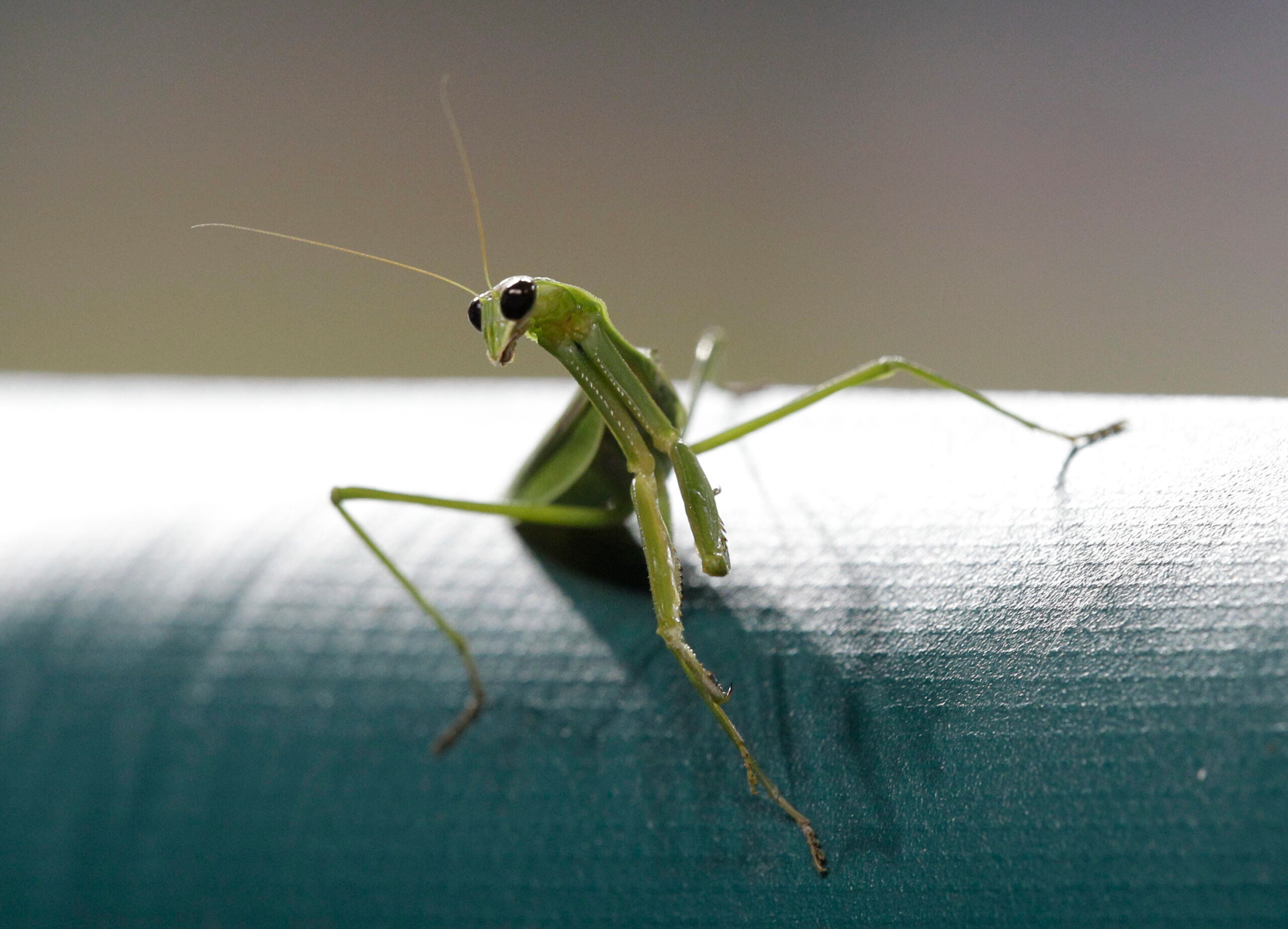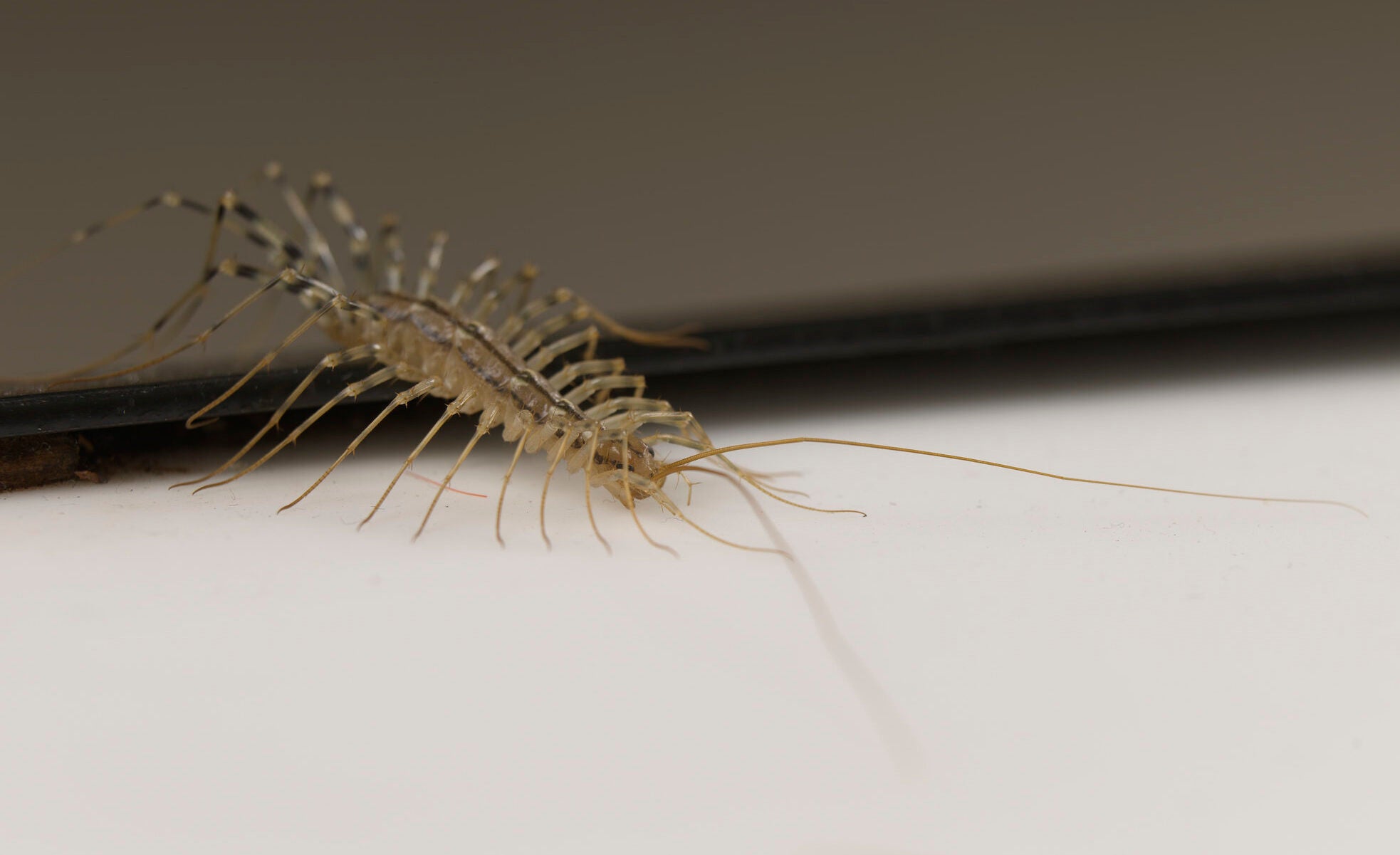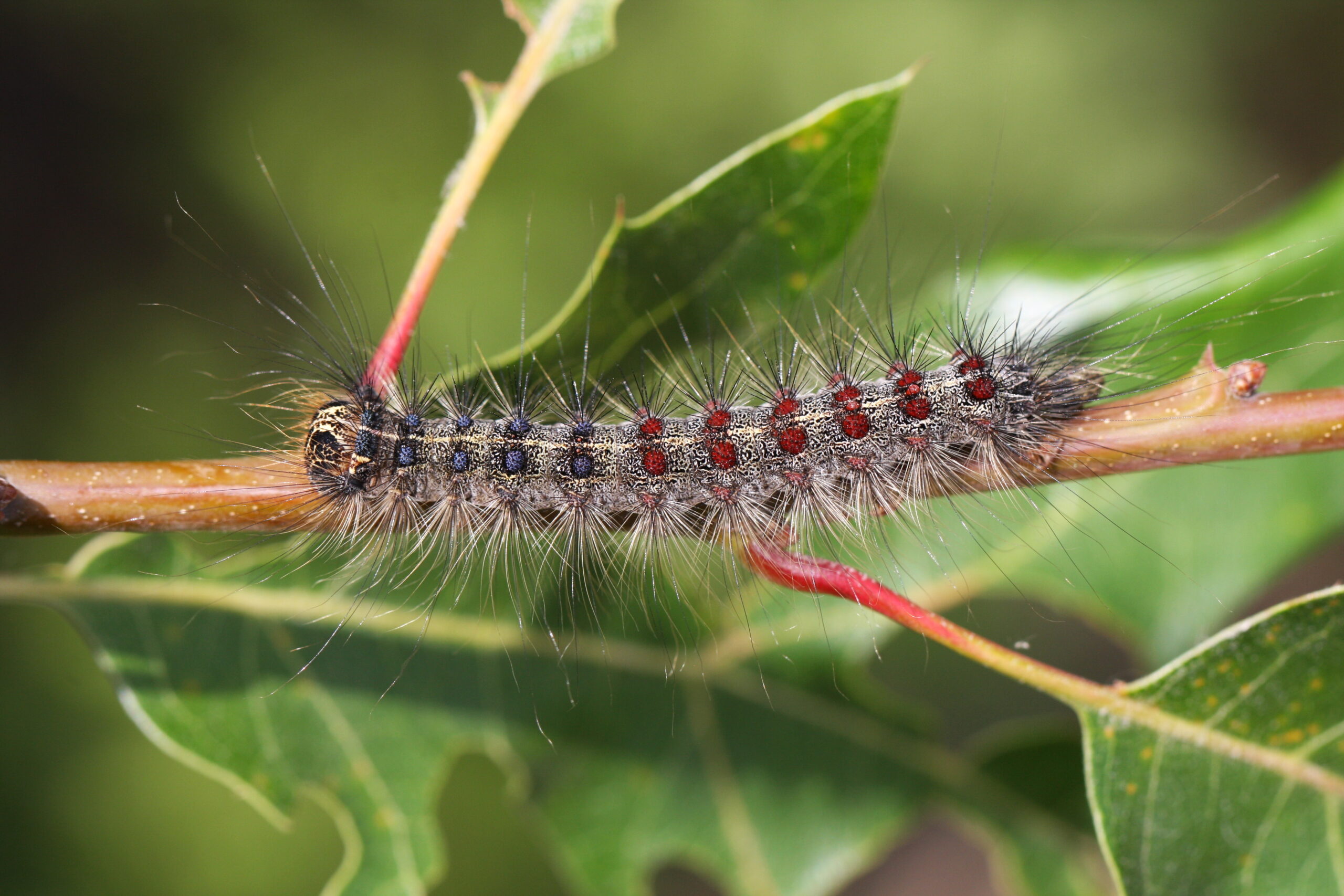Relegated to Halloween decor, black comedy horror and unreachable basement corners, spiders don’t always get our best treatment. But they’re more friend than foe, promises PJ Liesch, director of the University of Wisconsin-Madison Insect Diagnostic Lab.
Wisconsin is home to about 500 species of spiders, and there are about 40,000 species worldwide.
“What folks don’t necessarily realize is that the vast majority are really harmless, beneficial creatures,” he said. “I mean, think about it: If we stood next to a giant, I’d probably be terrified and try to run away as well.”
News with a little more humanity
WPR’s “Wisconsin Today” newsletter keeps you connected to the state you love without feeling overwhelmed. No paywall. No agenda. No corporate filter.
Ironic, then, that their natural defense to scurry away from us throws us further into panic mode.
But humans aren’t quite the fix they’re looking for. Liesch said with a few exceptions, spiders are predators who tend to feed on insects. They’re a helpful kind of roommate, providing free pest control. Around the globe, spiders eat between 400 million and 800 million metric tons of insect prey per year.
“They basically eat pound for pound as much as the human race does in terms of meat each year; they even eat more than that,” he said.
If you can’t stand the idea of spiders being in your home, consider the time of year before you officially kick them out. If you take a spider from your basement where it’s a comfortable 60 degrees and move it outside where it’s 10 degrees, that will almost certainly kill it.
During the spring and summer months, that spider has a much better chance of survival upon relocation.
Of the 500 species of spiders in Wisconsin, only a small group of them can survive well indoors. They have special adaptations so that they can maintain moisture within their bodies, especially during the winter when the humidity is so low. Most spiders get the moisture they need by eating other insects.
For the vast majority of them who come in from outside, it’ll be too dry.
Every house likely has some spiders, Liesch said. But homes with lots of spiders indicates to him that there also are lots of insects for those spiders to feed on.
If you find yourself with too many insect roommates, take a look around the foundation of your home for cracks and crevices that spiders and other insects could be sneaking in through. Seal up those areas with caulk or expanding insulation foam.
“If you have a structure that is sealed up and tightened up, and insect prey is not sneaking in, then the spiders just wouldn’t have much of a food source and you’re not going to have very many spiders as a result.”
Other Fun Facts
- Daddy long legs, also known as harvestmen, are not true spiders, although they’re closely related. Daddy long legs tend to scavenge on dead or drying insects, so they don’t really need a potent tool to kill their prey like the venom that spiders are equipped with. It’s a myth that daddy long legs are venomous and dangerous to humans but can’t pierce their skin. “They’re really pretty harmless creatures,” Lietsch said.
- Wisconsin is outside the native range of brown recluse spiders, which are native to Missouri, Oklahoma and Arkansas. They tend to be exceedingly rare here, although they can be transplanted, for example if someone moves here from the south. “There’s been documented cases where families can have literally thousands of brown recluse spiders in their house; no one’s ever bitten by them,” he said.
- Most spiders have no urge to bite you. But yellow sac spiders from the genus cheiracanthium are a species that can be a bit more “ornery,” Lietsch said.
- If you’ve got an insect you want identified, send it to Lietsch at 1630 Linden Drive, Madison, WI 53706. Address it to Liesch or to the Insect Diagnostic Lab or Insect Identification. Include a note with your contact information. Put the sample in a hard container to prevent it from getting squished.
Wisconsin Public Radio, © Copyright 2025, Board of Regents of the University of Wisconsin System and Wisconsin Educational Communications Board.

